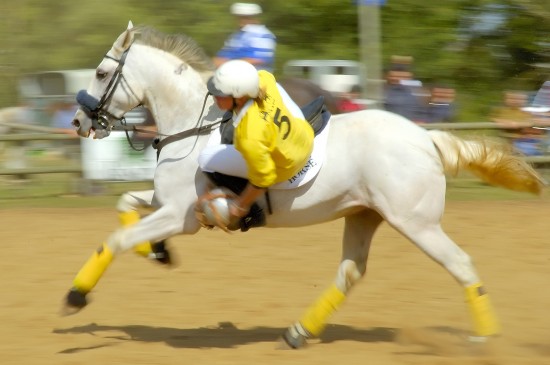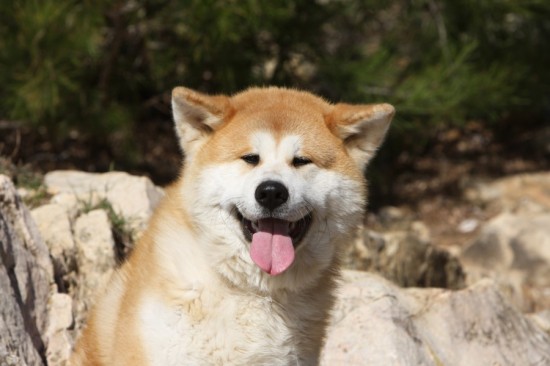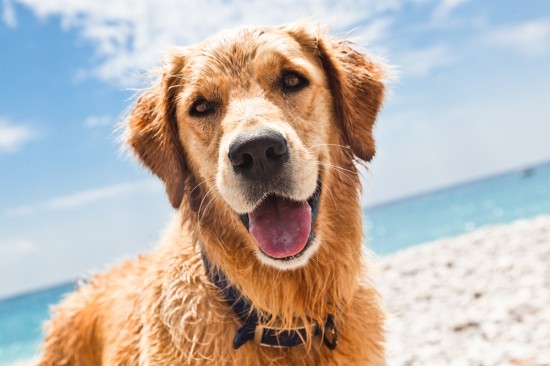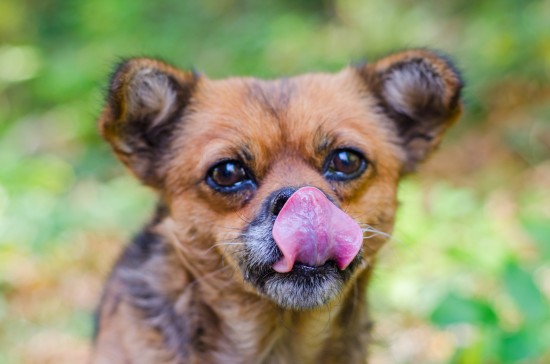
The Andalusian lineage dates back to prehistoric times. Cave paintings, discovered on the Iberian Peninsula and dated 20000 to 30000 B.C., show the Iberian Horse clearly. It is thought that as time progressed, the breed was influenced by strains of horses from the French Celts, Carthaginians, Romans, several Germanic tribes, and the Moors.
This noble breed was cited by the Greek philosopher and commander of the army, Xenophon, as being a deciding element in his army’s victory over Sparta. The noted commander, Hannibal, used Andalusians when he invaded Italy. Both of these esteemed warriors waxed eloquent in their praise of the Spanish Horse.
Richard de Belisme, Duke of Shrewsbury, is credited with importing Andalusians to Britain in 1188. During the reign of Richard I, the knights of his Court favored the steed for combat and tournaments. And the Duke of Newcastle wrote in 1667 of the great attributes of the breed.
In 1580, some of the finest specimens of the breed were imported to Lipizza (then Italy, now Slovenia) to be bred with native stock and form the foundation of the famous Lipizzaners. Periodically the Spanish Riding School of Vienna, Austria would re-introduce an Andalusian to the bloodline, in order to maintain the original qualities which were so desirable in the Lipizzaners. Their efforts helped to establish the school as a living monument to the art of classical equitation and the Andalusian breed was an important factor in this.
Many breeds of horses have been improved, through careful crossbreeding, by the introduction of the Andalusian strain to their bloodlines. In fact the Andalusian has been instrumental and the most influential strain in strengthening, creating, and improving breeds around the world. Not only the Lipizzaners, but most of the German warmbloods, the Connemara of Ireland, the Cleveland Bay of England, the American Quarter Horse, and the Paso Fino of South America have at their roots the blood of the Andalusian.
Andalusians are referred to, by their native country of Spain, as “Pura Raza Espanola” (Pure Spanish Horse, or PRE). About 60 years ago, the distinction was made between this breed and the Lusitano of Portugal, which is also referred to as an Iberian Horse. The Andalusians of today are registered in a separate stud book by the Spanish people. They take great pride in this old and noble breed. The Spanish government actively promotes the use of the Andalusian in Classical Dressage training, showing, and competition. Due to their exceptional agility, it is also encouraged that they be used by the government sanctioned bullfighting arenas. Characteristics and Conformation The Andalusian is commonly described as powerfully built, yet elegant. Its head is of medium length, rectangular, and lean. In profile it may seem slightly convex, or straight, with a wide forehead and well-spaced ears. The eyes are large, oval-shaped, and vibrant with life. The neck is of a reasonable length, thick without being disproportionate, yet elegant and well-crested in stallions. The shoulders are well-defined, the back is short, and the hindquarters are broad and muscular. The mane and tail are thick and abundant. The tail is set low, the tailbone is long, and lies close to the body. The height ranges from 15.2 to 16.2 hands (152.9 50 164.6 cm., or 60.8 60 64.8 in.), making the Andalusian of average height. Around 80% of the horses are white, or shades of grey. About 15% are bay, and less than 5% are black, palomino, or dun. All of these colors are suitable for horses registered as purebred. Their temperaments are docile, yet proud. The breed, by nature, is sensitive and highly intelligent. The Andalusian responds well, is cooperative, and learns quickly and easily under gentle care and handling. The Andalusian horse is amazingly versatile and is used for jumping, pulling – both pleasure and competitive, trail riding, and Western and English saddle pleasure riding. It also excels for use in parades and exhibitions. Because it is gentle and docile, and naturally loves people, it is the quintessential family horse.
——————————————————-
Michael Russell
Your Independent guide to Horses
——————————————————-
 An introduction to pet micro chipping
An introduction to pet micro chipping
One litt
An introduction to pet micro chipping
An introduction to pet micro chipping
One litt
 Ten Unusual Equestrian Sports
Ten Unusual Eques
Ten Unusual Equestrian Sports
Ten Unusual Eques
 Living With A Dog With A Skin Allergy
Living With A Dog
Living With A Dog With A Skin Allergy
Living With A Dog
 Taking Your Dog On Holiday With The Family
Taking Your Dog O
Taking Your Dog On Holiday With The Family
Taking Your Dog O
 Why Might Your Dog Be Drooling Or Licking Their Lips A Lot?
Why Might Your Do
Why Might Your Dog Be Drooling Or Licking Their Lips A Lot?
Why Might Your Do
Copyright © 2005-2016 Pet Information All Rights Reserved
Contact us: www162date@outlook.com